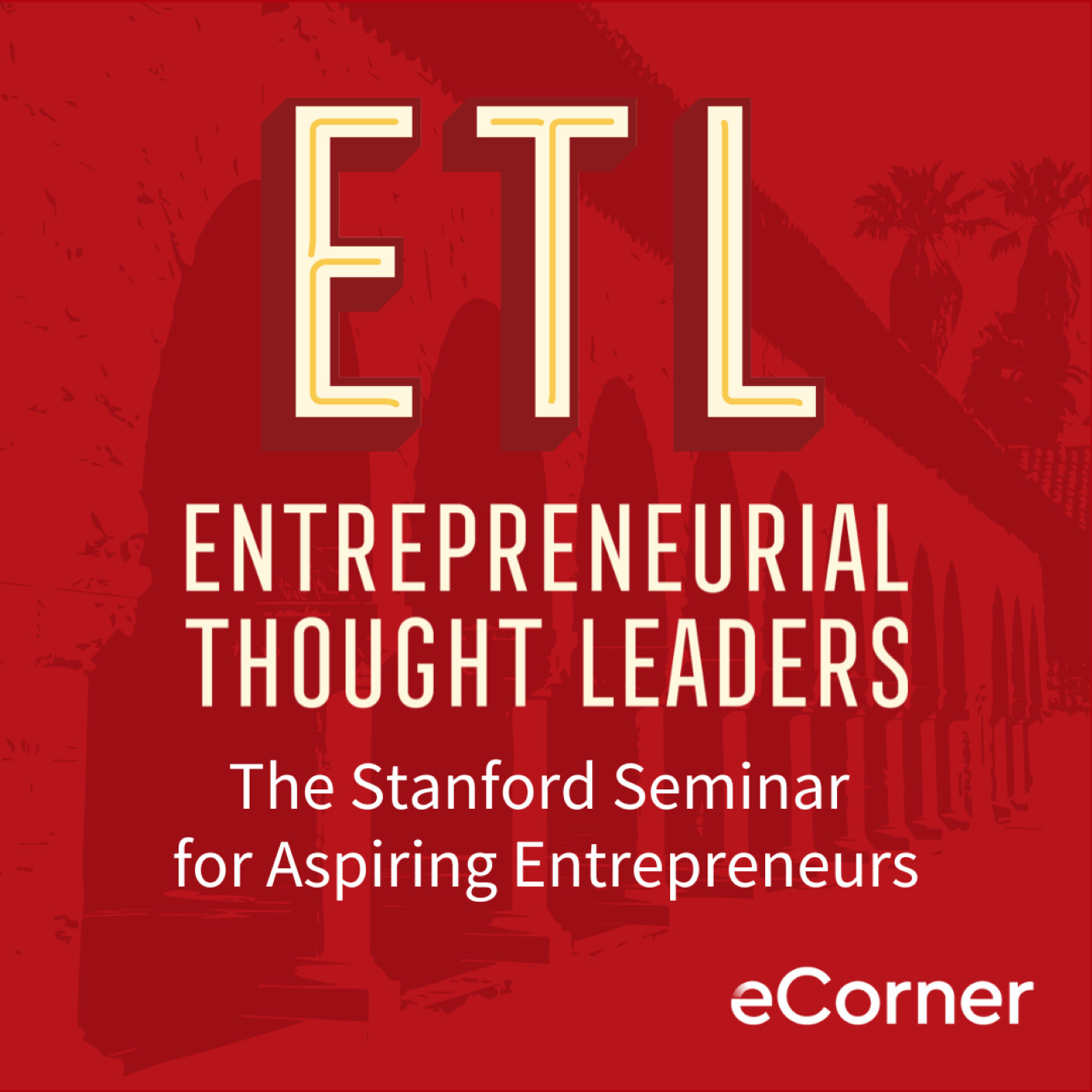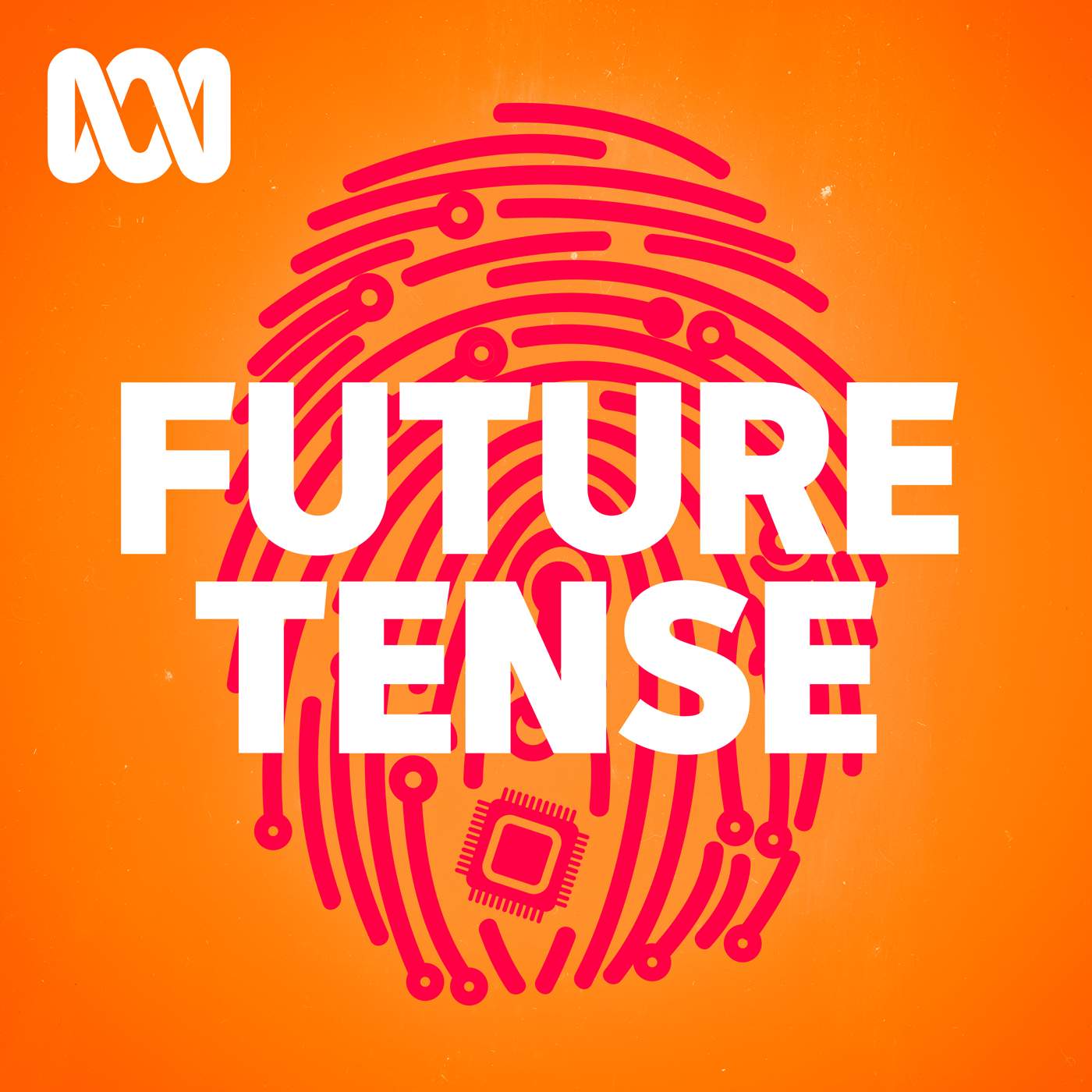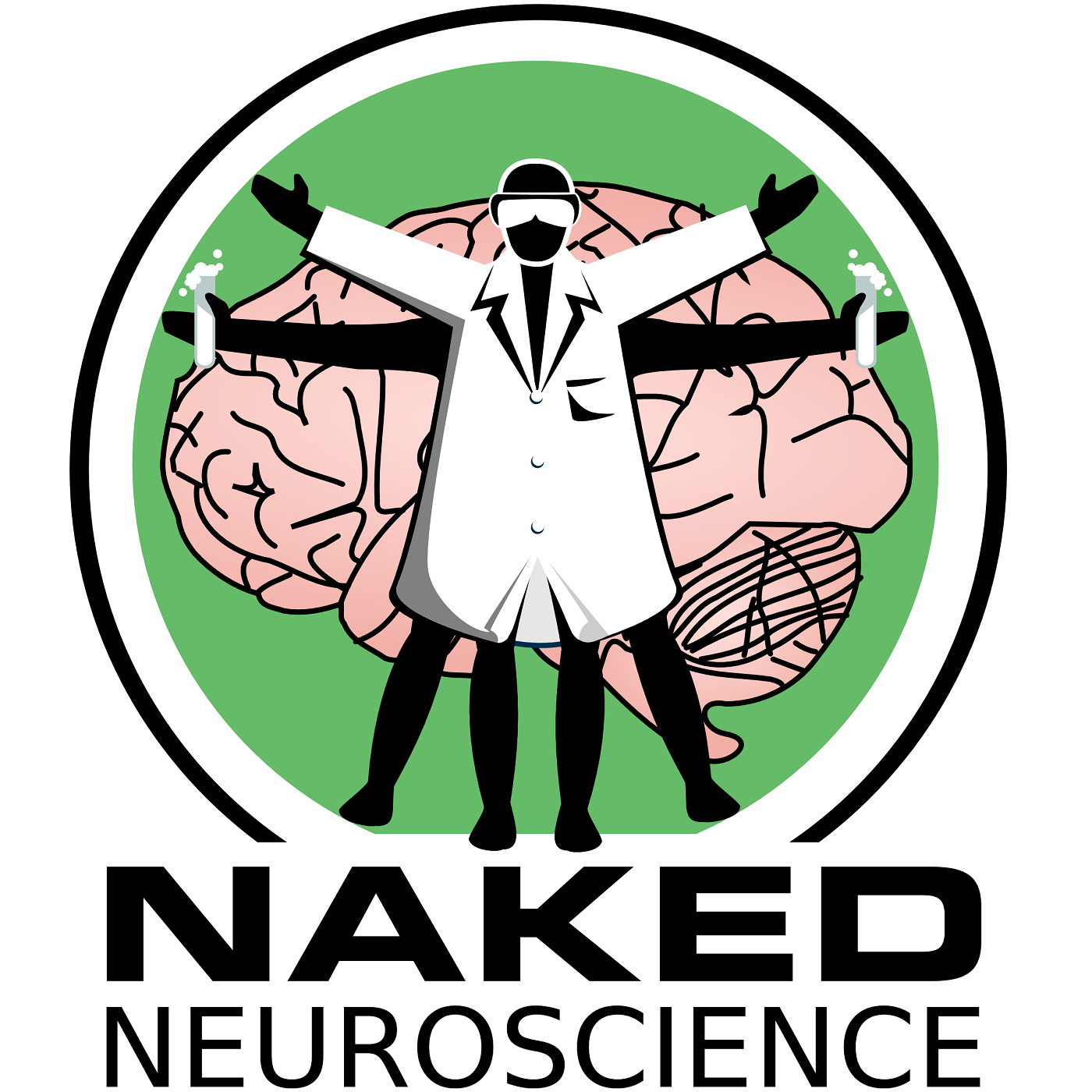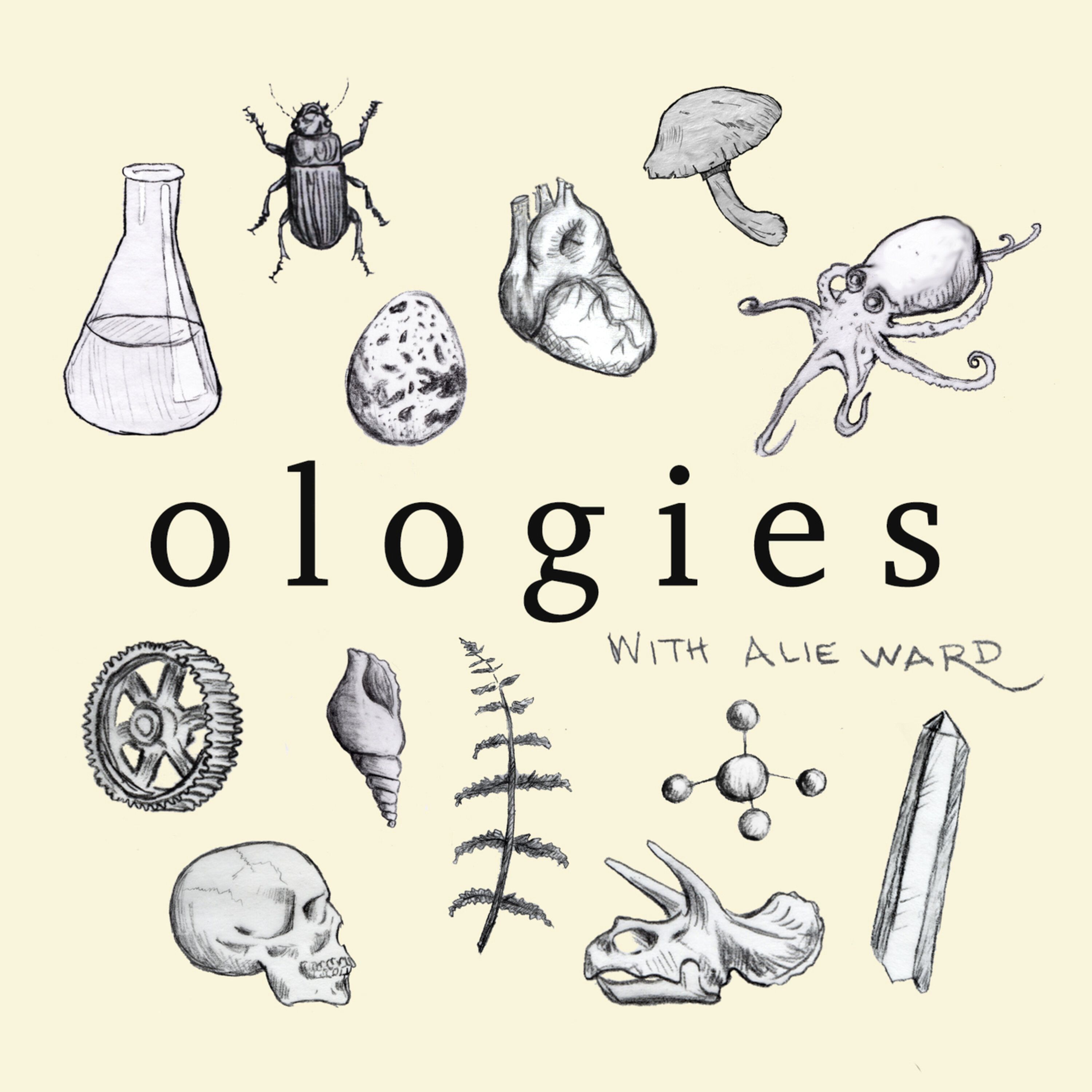
Heliox: Where Evidence Meets Empathy 🇨🇦
Join our hosts as they break down complex data into understandable insights, providing you with the knowledge to navigate our rapidly changing world. Tune in for a thoughtful, evidence-based discussion that bridges expert analysis with real-world implications, an SCZoomers Podcast
Independent, moderated, timely, deep, gentle, clinical, global, and community conversations about things that matter. Breathe Easy, we go deep and lightly surface the big ideas.
Curated, independent, moderated, timely, deep, gentle, evidenced-based, clinical & community information regarding COVID-19. Since 2017, it has focused on Covid since Feb 2020, with Multiple Stores per day, hence a sizeable searchable base of stories to date. More than 4000 stories on COVID-19 alone. Hundreds of stories on Climate Change.
Zoomers of the Sunshine Coast is a news organization with the advantages of deeply rooted connections within our local community, combined with a provincial, national and global following and exposure. In written form, audio, and video, we provide evidence-based and referenced stories interspersed with curated commentary, satire and humour. We reference where our stories come from and who wrote, published, and even inspired them. Using a social media platform means we have a much higher degree of interaction with our readers than conventional media and provides a significant amplification effect, positively. We expect the same courtesy of other media referencing our stories.
Heliox: Where Evidence Meets Empathy 🇨🇦
The Languages We Speak Are Programming Our Minds
Go deeper with the substack for this episode
The words we speak are more than just vehicles for communication — they're the hidden architecture of our thoughts.
Except most of us never realize it.
When you look at how different languages handle time, possibility, and events, you're not just studying grammar. You're examining the fundamental ways our brains process reality itself. The latest episode of Heliox dives deep into concepts like tense, aspect, and modality — terms that sound technical but actually reveal how language silently shapes our cognitive landscape.
Let's be clear: this isn't just academic word games. It's about the invisible frameworks that determine how we perceive the world.
This is Heliox: Where Evidence Meets Empathy
Independent, moderated, timely, deep, gentle, clinical, global, and community conversations about things that matter. Breathe Easy, we go deep and lightly surface the big ideas.
Thanks for listening today!
Four recurring narratives underlie every episode: boundary dissolution, adaptive complexity, embodied knowledge, and quantum-like uncertainty. These aren’t just philosophical musings but frameworks for understanding our modern world.
We hope you continue exploring our other podcasts, responding to the content, and checking out our related articles on the Heliox Podcast on Substack.
About SCZoomers:
https://www.facebook.com/groups/1632045180447285
https://x.com/SCZoomers
https://mstdn.ca/@SCZoomers
https://bsky.app/profile/safety.bsky.app
Spoken word, short and sweet, with rhythm and a catchy beat.
http://tinyurl.com/stonefolksongs
Curated, independent, moderated, timely, deep, gentle, evidenced-based, clinical & community information regarding COVID-19. Since 2017, it has focused on Covid since Feb 2020, with Multiple Stores per day, hence a large searchable base of stories to date. More than 4000 stories on COVID-19 alone. Hundreds of stories on Climate Change.
Zoomers of the Sunshine Coast is a news organization with the advantages of deeply rooted connections within our local community, combined with a provincial, national and global following and exposure. In written form, audio, and video, we provide evidence-based and referenced stories interspersed with curated commentary, satire and humour. We reference where our stories come from and who wrote, published, and even inspired them. Using a social media platform means we have a much higher degree of interaction with our readers than conventional media and provides a significant amplification effect, positively. We expect the same courtesy of other media referencing our stories.
Welcome to the Deep Dive. You know the show where we really get to the bottom of things. You're here because you're the kind of person who wants to quickly understand really complex topics without getting bogged down. And today we're diving into a topic that's really, you know, basic to how we all communicate, how we understand each other, the relationship between tense topics. aspect and modality and language. Yeah. These are the essential building blocks that languages use to express, you know, when things happen, how they happen, and even the different kinds of possibility and necessity that we can talk about. Yeah. So like tense, you know, that's all about placing an event on the timeline. Did it happen in the past, present, future aspect? Adds this extra layer of, well, how does the event unfold? Is it a completed action? Is it ongoing? Does it happen repeatedly? Yeah. And then there's modality. This is where we get into like the realm of what's possible, what's required, you know, what we believe or doubt. Exactly. And for this particular deep dive, we've actually compiled a really fascinating collection of research papers. These papers approach. tense, aspect, and modality from all these different angles. We have some on syntax, semantics, pragmatics. There's even some stuff on how our brains are actually wired to process these features. So we're really going to get like a multifaceted view of this. Absolutely. A panoramic view, if you will. And what we want to do today is really distill the key insights, like how languages actually encode time, event structure and possibility. And we're going to see it's actually a lot more complicated than you might think. There are some real head scratchers, some ongoing debates in linguistics about these very concepts. Okay. So before we jump in, I think it's worth emphasizing a tense aspect modality. These aren't like separate isolated features. They're really interwoven. Yeah, they work together in really intricate ways. I mean, you just look at how much attention these topics get in the research world. Just as an example, the sixth Kronos Colloquium in Geneva, which brought together researchers from, I mean, all over the globe. And, you know, they had support from these major institutions like the University of Geneva, the Swiss National Science Foundation. It's a big deal. And the papers and the volume they produced were... very carefully selected. Very selective. So it shows you how active and vibrant this area of linguistic research is. And the reason for that is because these are fundamental to how we build sentences and how we understand meaning. You think about it, practically every sentence we utter contains information about time, about the way the event unfolds, and often our attitude towards Right. And these ideas are often encoded in the very forms of the words themselves. Yeah. Morphology. We call this inflection. And it plays a really central role in syntax. So it's not just about like adding a past tense marker or a modal verb like might. It actually has implications for the whole event we're describing. It affects the entire scope of the interpretation. It's really this intricate interplay between, you know, syntax and semantics. Right. Like the structure of the sentence is telling us something about the meaning. Exactly. And then if we want to like zoom out even further to really get the full meaning of a sentence, we often need to consider the broader context. How does the sentence relate to the sentences around it? to the situation in which it's uttered. That's often the domain of pragmatics. But it also has implications for semantics, even discourse analysis. Okay. So for our purposes, we're mostly going to be focused on the syntax and semantics, how these features are structured in sentences and what they mean. But we'll definitely, you know, kind of hint at the pragmatic level as well. Absolutely. We can't completely ignore pragmatics. Right. Okay. So let's start with modality. One thing that really struck me in the research is that information about modality, as well as tense and aspect, it often extends beyond a single sentence. It's not, you know, just confined to that one little unit of meaning. It has a sort of scope that can go beyond the sentence itself, unlike, say, you know, a predicate, which is usually just a verb. Right. Or the arguments of a verb, like. Who's doing what to whom? Exactly. So this leads us to some really interesting work by Ronnie Bugart. He looked specifically at the past imperfect of epistemic modals. OK. Epistemic modals. Remind us what those are again. Yeah. So these are modals that express what we know or believe about the world. Words like can, must, can. Might. Okay, right. Like, it might rain tomorrow. Exactly. And what Bougart found is that these past tenses of these modals, they can have these epistemic readings, especially in what we call free indirect speech. Free indirect speech. So that's where the narrator kind of gets into the character's head without directly quoting them? Exactly. And he found evidence for this in both Dutch and English. Right. And what he argues is that there's this really interesting connection between aspect and modality. He noticed that imperfective aspects, you know, these are aspects that describe ongoing or habitual events. Right, like I was walking or I used to walk. Exactly. They're very common in, you know, conditional context, hypothetical context, counter-fascial context. They also show up a lot in reported speech and thought. So all those situations we're not talking about like a single completed event. Exactly. And what Bugard suggests is that both modal interpretations and imperfective aspect, they kind of share this underlying semantic architecture. They both rely on this notion of an evaluation point. Okay, so for modality, that's like the point in time from which we're judging the likelihood of something. Right. And for imperfective aspect, it's it's the point in time at which the event is unfolding. I see. So like they both need some kind of reference point in time. Exactly. And he links this to a common view in romance linguistics, which is that imperfective forms often need to be anchored to a non imperfective antecedent. So there's got to be some kind of like fixed point in the past that the imperfective can relate to. And this is kind of his key insight is that these two things, imperfective aspect and epistemic modality, they share this underlying structure in terms of their meaning. And then he goes on to explain why the present perfect, you know, like I have eaten or... why that's not typically used in free indirect speech. Okay. And his argument is that in free indirect speech, the perspective is not simultaneous with the original thought or utterance. There's a temporal shift. Right, because you're reporting on something that happened in the past. Exactly. But he does point out that you can get an epistemic reading if the complement of the modal verb has a perfect form. Right. So, for example, he must have left. Must have left. Okay. So there's that perfect aspect in there. Exactly. Now, what about those cases where a past form of a modal seems to have like a present epistemic meaning? Yeah. Like if you say she might be home now, might is in the past tense, but it's referring to the current possibility. Yeah. Those are interesting cases. Bugart argues that we should understand those pragmatically. So listeners, you know, they're always trying to make sense of what's being said. And they naturally try to map, you know, the epistemic evaluation time, the time at which you're making this judgment about possibility or necessity. They map that on to the moment of speech. Right. So even though grammatically it's in the past tense, we interpret it as, you know, a judgment that's being made in the present. Okay. That makes sense. Um, let's shift gears now and look at how modality works across different languages. Uh, Nicholas Asher and Eric McCready have done some really fascinating work on, uh, modals, emotives, emotive words. Yeah. Words that express emotions and this concept of modal subordination. And they focus specifically on Japanese. Yeah, and what's really striking is that many languages, like a Japanese, they have these really elaborate systems for expressing modality and also evidentiality. Evidentiality. Yeah, which is basically, you know, how do you know what you're talking about? Where did you get this information? And in some cases, a single expression can actually have both modal and evidential functions. It's like a multipurpose. Just doing double duty. And they point out that, you know, the interactions between modals, evidentials, and temporal expressions are really complex and fascinating. And this is an area that needs more research. It's like an underexplored frontier in linguistics. Absolutely. And they also draw this really interesting analogy between tense logic and modal logic. They even go so far as to say that tenses themselves might actually have a kind of modal force. So like past tense in a way is modal. Yeah, in a sense. It's not, you know, a straightforward modal, but there are some interesting parallels there. And to kind of help us navigate this really complex terrain, they offer some initial definitions. So temporal expressions, including tenses... They determine and can shift the time at which we evaluate the truth of a sentence. Modals, they do something similar. But instead of time, they determine and can shift the world of evaluation. So are we talking about the actual world? Are we talking about a possible world, a hypothetical world? Right. Different possible reality. Exactly. Whereas evidentials and emotives, they link the proposition to, you know, some kind of premise or real world situation that serves as evidence. Right. But they don't actually determine or shift these truth-relevant parameters. Okay. So they're kind of playing a different game. Right. Now, Japanese, you were saying, has these particles like hazu and nitigane. Yeah, hazu and nitigane. And these... These seem to have this modal force. You know, they indicate like a necessity or probability, but they can also function as evidentials. And then there's also comocereni, which expresses epistemic possibility. So like it might be the case. Exactly. It's possible. And the Japanese tense system is also relevant here because it has this basic distinction between past and non-past. And that non-past form can sometimes have a future interpretation, which is, you know, relevant when we talk about modal subordination. Right. And they actually provide a morphological breakdown of these particles. So, komosirini is something like question Also, be able to not present. It's quite a mouthful. Wow, yeah. A lot packed into that one little word. Yeah. And nitaganai is that wrong not present. And then hazu is actually a nominal expression. So it needs a copula, the verb to be, da in Japanese, to function as a predicate. So then they explore how these particles behave in different contexts. So in a null context, if you're just predicting rain tomorrow, in Nittiganai, you know, which expresses that strong sense of must or certainty, it sounds perfectly natural. But Hazu, you know, which has more of a should flavor or a weaker must, sometimes with this like hint of doubt. In a null context, it's a little bit odd. But if you add context, like if you say, well, you know, this 75-year-old farmer is really good at predicting the weather. He says it's going to rain tomorrow. And suddenly Hazu becomes accepted. So the context really matters. Context is everything. They also looked at causal clauses. So, you know, because the rain is bad, the match will be canceled. Nikagani sounds perfectly natural. Hazu is a little bit more marginal. And Rossi, which is that evidential, it seems, is completely unacceptable. It seems that because the rain is bad... the match will be canceled. Why? Yeah, that doesn't work. Doesn't work at all. And then interestingly, you can't combine Nitiganai and Rossi when you're talking about John being at the supermarket. So you can't say like, John must be at the supermarket, it seems. Right. Regardless of the order. Regardless of the order, it sounds contradictory. Interesting. And another really interesting point is that... Hazu can have this kind of counterfactual or doubting flavor when you use it in these like law-like statements. Okay. So if you say two plus two should be four. Using Hazu. Using Hazu, it's like, well, you know, maybe it could be something else. Whereas if you say two plus two must be four, with Nidiganae, it's just a straightforward assertion of fact. must versus should. In English, it kind of has that same feeling. Yeah. And then they even bring in data from Cusco Quechua to show that these evidential morphemes, like, you know, femi, which is for things that the speaker directly experienced, SC for reported information, and SHA for conjecture based on inference. Right. These can also have these modal-like meanings, and that cha is actually translated as implying a conjecture. Interesting. So it's like, you know, I'm guessing this based on what I know. Okay. And then they talk about modal subordination. This is where the interpretation of one modal depends on another modal in the discourse, and they find that modal subordination in Japanese has its own unique characteristics compared to, say, English or German. Mm-hmm. And surprisingly, they find that in Japanese, modal subordination can actually be licensed by emotive. The emotive word. Yeah, which is which is something that, you know, hasn't really been investigated in English or German. And then they touch on this dynamic semantic approach to modality, which is the idea that, you know, the context of the discourse can actually refine and revise what we consider to be epistemically possible. So like as the conversation unfolds, what we think might be true can change. Right. OK. And they talk about, you know, how might and would work in this kind of framework. So might basically involves existential quantification over a set of epistemic possibilities. Right. Right. Checking to see if the current set of possibilities includes the one you're talking about. Exactly. And it has this kind of resetting effect on those possibilities. And this dynamic resetting is actually what allows English existential modals to support modal subordination. Okay. Okay. And they give examples of these modal sequences in English. So like, you know, someone must be at the store now. He might be buying something. That's fine. That makes sense. But John must go to the store now. He might go to the park next. Yeah. That's a little bit more marginal. It feels like two separate obligations rather than, you know, the second one being a possibility that arises from the first. Right. Like, why would he go to the park if he have to go to the store? Exactly. And stative verbs, verbs that describe states rather than actions, they seem to play a role here. And there's even this hypothesis that epistemic must might actually have an evidential component. Like it's based on some kind of evidence. Exactly. And that its evidential requirements are best satisfied by present or past events... Except for those, like, necessary truths. Right. Like, 2 plus 2 equals 4. Okay, so how do these sequences of modal-like expressions work in Japanese? Well, they find that a komasirunai might, followed by nitigai-nai must, sequence... That works pretty much like in English. Okay. But other continuations with Kama Sura and I can be a little bit more marginal, and they suggest that Japanese might actually require more explicit discourse links between these sentences unless there's a very clear modal dependency. Right, like a stronger connection between the two ideas. Exactly. And they propose this tentative hypothesis that within a modally dependent reading, there's this general tendency to move from strong to weak evidential. Okay. Unless you mark it with a particle or like a conditionalization. So you're kind of like scaling down the level of certainty. Exactly. You're hedging more and more. Okay. And then in straightforward modally subordinate readings, the second clause typically elaborates on the possibility introduced in the first clause. So they form this kind of semantic hole where different evidential presuppositions might not be easily accommodated. Okay. This is different from, say, using a simple connective like sauci and then or a conditional clause. In those cases, the constituents are more separate and different evidential presuppositions can be accommodated. Okay. And the stronger presuppositions of hazu, they also kind of tend to behave in this way. We do. And they give this nice example in English. Like, you can reject a might statement with a definite truth statement. Right. Like, he might be at the store. No, I just saw him at home. Exactly. And then with respect to anaphorah and discourse connectives in Japanese, they find that anaphors, you know, these are words that refer back to previously mentioned entities. like pronouns like pronouns they can actually refer to content under a modal if they themselves are also in a modalized sentence and the same holds for discourse connectives that contain su like society sortie sort cara these can pick up reference from a preceding Kamosyuronai clause even if that clause is about like a hypothetical wolf. So the modal scope kind of extends to those pronouns and connectives as well. Exactly. And then they show that modal subordination is possible even without a modal in the second sentence. If you use these like sentence final emphatic particles like yo. Okay. And in these cases, the non past tense allows for a future interpretation. Interesting. Yeah. And then they give this really nice table that summarizes the acceptability judgments for different sequences of, you know. bare, so no connective, so sight, and conditional continuations with Kamosirinai, Nittiganai, and Hazu. It was very detailed. Okay. So moving on now to aspect. There's this example that really jumped out at me, the idiom, paint the town red. Paint the town red. And if you think about it, literally, painting is usually an accomplishment. It's an action with a clear beginning and end. Right. You start painting, and then you finish painting. But when we use this idiom, paint the town red, it means to have a wild and fun time. And it combines really easily with temporal for adverbials, like they painted the town red for a few hours, which usually go with activities that last for a duration, not with accomplishments. Right. in its literal and idiomatic interpretations. It does. It suggests that something else is going on. And then there are these fake object resultatives like cried my eyes out. Behind my eyes out. So grammatically, these look like they describe an action that leads to a result. But idiomatically, cry your eyes out, just means to cry a lot. It behaves like an activity. It works well for Ed Vobiles. She cried her eyes out for an hour. Even though literally the result of your eyes actually falling out It has no clear endpoint. Right. It doesn't really make sense literally. So that lack of a defined endpoint in the idiomatic meaning is why it takes on this espectual class of an activity. Right. So it's not the literal meaning that's driving the espectual interpretation. It's the idiomatic meaning. meaning. Right. So a spectral composition, the way that a spectral meaning is built up, it might still be happening in idioms, but the inputs and the outputs can be different from what we see in literal cases. Exactly. Okay. Now let's talk about the present perfect puzzle. Ah, yes. The PPP. So this is about this really interesting contrast between German on the one hand and English and Swedish on the other. So in German, you can use these positional temporal adverbials that express pastness with the present perfect. So you could say something like the equivalent of Sigurd has come yesterday in German. Right. But you can't say Sigurd has come yesterday in English or Swedish. It sounds terrible. Yeah, it's completely ungrammatical. And another facet of this puzzle is that you can't modify both the event time and the reference time of a perfect with positional adverbials. So you can't say something like, at 7, he had left at 6. Yeah, that sounds really weird. Now, Manfred Klein proposed this thing called the p-definiteness constraint. P-definiteness constraint. And his idea is that within an utterance, both the event time and the reference time, if they're both specified as being p-definite, that means like definite points in the past, they can't co-occur comfortably. And he thinks this is a pragmatic constraint. Right. But our source actually points to some counterexamples suggesting that it might be possible to have both a p-definite reference time and a p-definite event time in a sentence under certain circumstances. Interesting. And then it discusses these syntactic restrictions. positional temporal adverbials. So basically you can only have one of them in a sentence typically. Right. And it contrasts these specifier-based and adjunct-based approaches to adverb placement. And it points out that these adjunct-based approaches have a hard time explaining these restrictions without stipulating them. Right. They have to kind of add these extra rules that aren't really motivated. Now, the reason why durational and frequency adverbials can co-occur with these positional temporal adverbials in perfect constructions is because they're related to aspect. Right. And they behave more like quantificational elements, not occupying that same syntactic position, spec-TP. Right. So they're not competing for the same slot. Exactly. Now, Bjorn Rothstein argues that the key to the PPP lies in the localization of what's called the Reichenbachian Reference Time, or RB. Reichenbachian Reference Time. So can you remind us what that is again? So the reference time is basically the point in time relative to which the event time is located. And Rothstein argues that in German, the RB can precede or coincide with the point of reference or R. But in the English and Swedish present perfect, the RB is always simultaneous with R. So that's the key difference. So how does this solve the puzzle? Well, the extended now approach defines the perfect time span as, you know, the event time is within this perfect time span that extends up to the reference time. And the reference time is often the present. So, for example, I have always loved you. Right. That means that, you know, the event of loving you started at some point in the past and continues up to the present moment. Okay. Now, the problem with a P-specific adverbial like yesterday is that it forces the event time to be a specific point in the past. Right. Which is before the present reference time. And this creates a contradiction with the present perfect requirement that the event can hold at any point within the perfect time span up to or at the reference time. Okay, so it's like yesterday makes the event too specific. Exactly. It's too specific. It can't be, you know, spread out over this perfect time span. Okay. So that's why you can't say Sigurd has come to tubing in yesterday. Gotcha. Because it clashes with the meaning of the present perfect. Okay. And the same logic applies to sentences with sense adverbials. Okay. Because the sense adverbial modifies the left boundary of the perfect time span. And if a P-specific adverbial restricts the event time to a point before that left boundary, then you get a contradiction. Gotcha. So that's the basic idea behind Rothstein's solution to the present perfect time span. Okay, moving on now to tense and narrative discourse. Ari Molendyke has done some really interesting work on French imperfect. French imperfect. And simple past and progressive tenses. Right. And he explains that past tense sentences, these are non-compound sentences... They express either inclusion, proper inclusion or precedence with respect to their time of anaphoric reference or TA. TA. In narrative. So the TA is basically the point in time that we're currently focused on in the narrative. And he says that French imperfect and English progressive, they both express inclusion. Right. So the event overlaps with or includes the TA. But the difference is that imperfect reports what is the case at a time at T. Right. While the progressive reports what is going on at T. Right. So there's a subtle difference in the kind of viewpoint. So that means that French past simple, PS, and English simple past SP, they should express... either proper inclusion precedents or, in the case of English SP, non-ongoing inclusion. Right. Because English simple past can actually describe situations that are ongoing. Okay. Even though it's not explicitly marked as progressive. Now, he gives this example in French where the imperfect is natural even when the event doesn't coincide with the previous sentence's event. because it can be anchored to an implied event. Right. So there's this kind of like background event that we can infer from the context. And he shows that the progressive form in English is less natural in this context. And he also illustrates the E includes TA relation for English SP with examples like outside it rained or it was a horrible night indeed. OK. And he points out that in these cases, the progressive could also be used. So like outside it was raining. Exactly. Okay. So the choice between SP and progressive in English often relates to a spectral viewpoint, you know, neutral versus ongoing. And he suggests that even seemingly ongoing events can be referred to neutrally. And he explains why imperfect, but not PS, would be used in the French equivalence of these examples because imperfect can express inclusion. Oh. And then he goes on to discuss the complexities of when an eventuality can be presented as both ongoing and simply being true and when only an ongoing presentation feels natural. Right. So like when is it more natural to use the progressive and when is it more natural to use the simple past, even if the event is ongoing? Exactly. OK, now let's look at Tim Stoll's perspective on tense. He'd use tense as expressing temporal shifting relative to a reference time, or RT. And in main clauses, the RT is the utterance time, or UT. Right, the time at which the sentence is uttered. And he argues that tenses are referential expressions. Right. Similar pronouns, but they refer to times instead of individuals. Right. And he distinguishes tenses from aspects. Right. So tenses are absolute and indexical. and take the UT as the RT, while aspects don't. Right. He also discusses Klein's notion of topic time, or TT. TT. And its relation to event time, or ET. Right. Especially in sentences with aspectual auxiliaries. Okay. And he proposes this dyadic predicate view of tenses. So tenses express ordering relations between a reference time argument, RT, and Klein's topic time, TT. Okay. And in main clauses, the RT is the UT. Right. So past tense means after. UT after TT. Okay. And he gives this example. Bill said that Max ate an apple. Okay. And he shows how the past tense in both clauses relates to the UT and the ET of each event. And he also discusses sequence of tense, or SOT, which is where subordinate clause tenses under a higher past tense show these distinctive meaning form correspondences. Okay. Particularly in indirect discourse. Right. And he suggests that there might actually be two distinct past tenses in English. Okay. A past, which is past shifting, and a present, which has a simultaneous reading. Okay. And he proposes that the preterite past, which is the simple past tense, it's not actually ambiguous because... But it involves a polarity marker that indicates the scope of a true past tense. Okay. So he's basically arguing that there's a hidden present tense in there somewhere. Okay. So just to recap, tenses express temporal shifting or lack thereof relative to an RT. Right. Which is the UT in main clauses. Right. They're referential like. Pronouns referring to times. Right. And they're absolute and indexical. Exactly. Okay. And he also discusses this test using adjuncts like only once before and when I met him to differentiate between tenses that provide one or two distinct pastimes for modifications. And he explains why the preterite past is incompatible with these and why the perfect is compatible in certain constructions. Okay. And he also explains the past perfect-like interpretation of the infinitable perfect as being licensed by two past shifting tenses within the infinitive, even if they're covert. Okay.



















